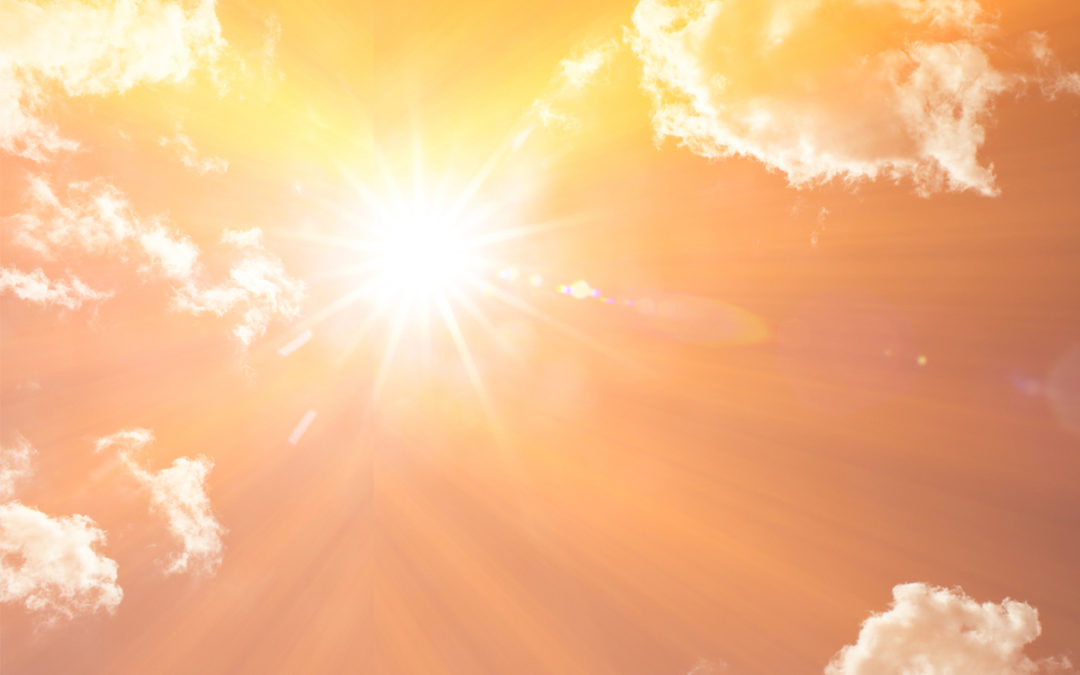By Anne Goetze, RDN, Oregon Dairy & Nutrition Council
At the North Oregon coast, summer is here and so are the tourists. We all hope to get a little sunshine and that usually makes us think about sunscreen (or lack of) and Vitamin D. There’s lot of talk about the sunshine vitamin so let’s take a minute to think about some important facts.
First off, Vitamin D is important for health in many ways: strong bones, cell growth, and kidney function. Yet, most adults, especially in northern climates don’t get enough of this important vitamin.
From the age of 1-70, the daily recommendation is to get 600 IU of Vitamin D, while people over the age of 71 should aim for 800 IU per day. Some health professionals recommend even more, up to 2000 IU per day.
What’s the best way to get enough Vitamin D? There are several ways: from the sun, through food, and taking supplements in the form of Vitamin D3.
Most foods that are commonly eaten don’t have a lot of Vitamin D. Milk and some other foods (like orange juice) are fortified, meaning Vitamin D is added. Cheese is typically not fortified and yogurts vary, some have added Vitamin D. It is always a good idea to read food labels to check for Vitamin D. Look to see if Vitamin D is in the ingredient list or if the label states that it has been added. On the Nutrition Facts Label, if listed, the DV (Daily Value) for Vitamin D is 400 IU. An 8 oz. glass of milk provides 25% DV or 100 IU.
| Food Sources of Vitamin D | ||
| Food | Serving | Vitamin D (IU) |
| Cod Liver Oil | 1 tablespoon | 1,360 |
| Canned pink salmon | 3 ounces | 465 |
| Instant Oatmeal | 1 packet | 154 |
| Low-fat milk, fortified with vitamin D | 8 ounces | 100 |
| Orange juice, fortified with vitamin D | 8 ounces | 100 |
| Egg yolk | 1 large | 37 |
Most of our Vitamin D comes from the sun. Living in Oregon it can be tricky to get enough Vitamin D because of our latitude and frequent cloud cover. The estimates below give you an idea of the amount of time needed to spend outside at noon exposing your hands, face and arms to the sun in order for your skin to make the equivalent of 1000 IU at different times of the year:
- April 27th (scattered clouds): 11 min
- June 27th (clear skies): 5 min
- August 27th (clear skies): 8 min
- December 27th (overcast): 24 hours
Here is a fun sunshine calendar of the world to see how as the seasons change, so does the amount of Vitamin D we can make.
It is important to protect skin from too much sun. To get enough Vitamin D during the summer months, you really only need to expose skin for about half of the time it would usually take to turn pink. Getting enough Vitamin D does not mean getting sunburned!
Other challenges to getting enough Vitamin D include darker skin color and age. People with dark skin need to stay out in the sun up to three times longer to get the same amount. Also, people who are older make less Vitamin D from the sun because their skin is not as efficient at making it.
To make sure we get enough Vitamin D eat foods rich in Vitamin D, get some sunshine when we can, and supplement with Vitamin D3 to make up the difference.
Resources:
- OSU Linus Pauling Institute: Micronutrient Information Center: Vitamin D http://lpi.oregonstate.edu/mic/vitamins/vitamin-D Retrieved May 5, 2016
- U.S. Department of Health & Human Services: National Institutes of Health: Vitamin D https://ods.od.nih.gov/factsheets/VitaminD-HealthProfessional/#h3 Retrieved May 5, 2016
- OSU Linus Pauling Institute: Webinar Series – Vit D: Bone Up For Winter http://lpi.oregonstate.edu/sites/lpi.oregonstate.edu/files/gombart_vitamin_d_bone_up_for_winter_slides.pdf Retrieved May 5, 2016
- Vitamin D Day: Sunshine Calendar Infographic http://www.vitamindday.net/ Retrieved May 5, 2016


